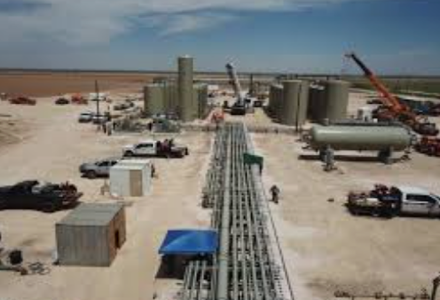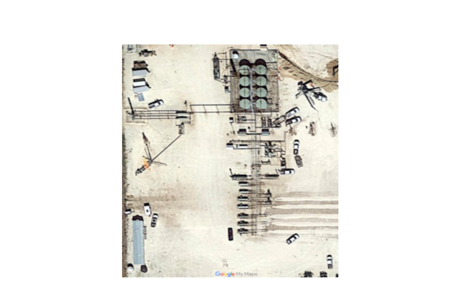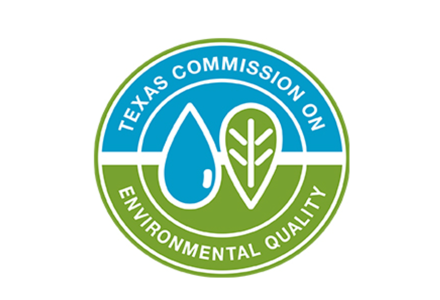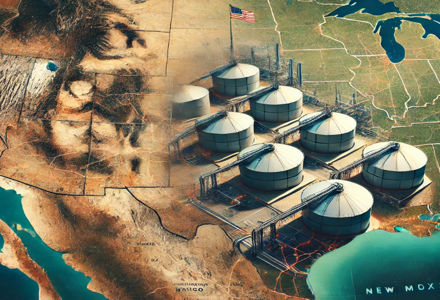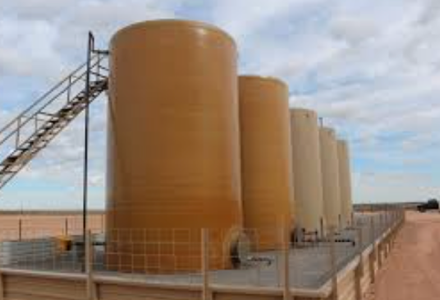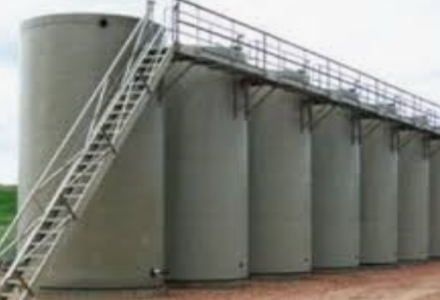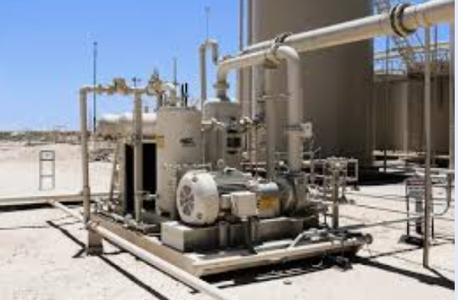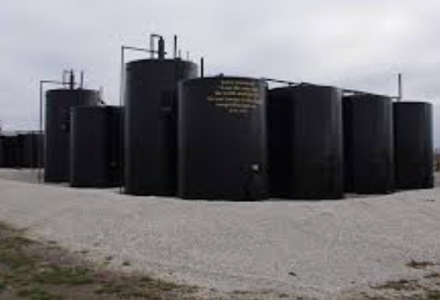A central tank battery (CTB) is a facility that centralizes the separation and storage of oil, gas, and water from multiple wells in close proximity. CTBs help operators handle high production volumes by providing a central location to process hydrocarbons efficiently. In the Permian Basin, where numerous horizontal wells often produce from the same formation, CTBs play a critical role in managing large quantities of produced fluids.
The Impact of Factory Drilling on Central Tank Battery (CTB) Operations and Tank Design
